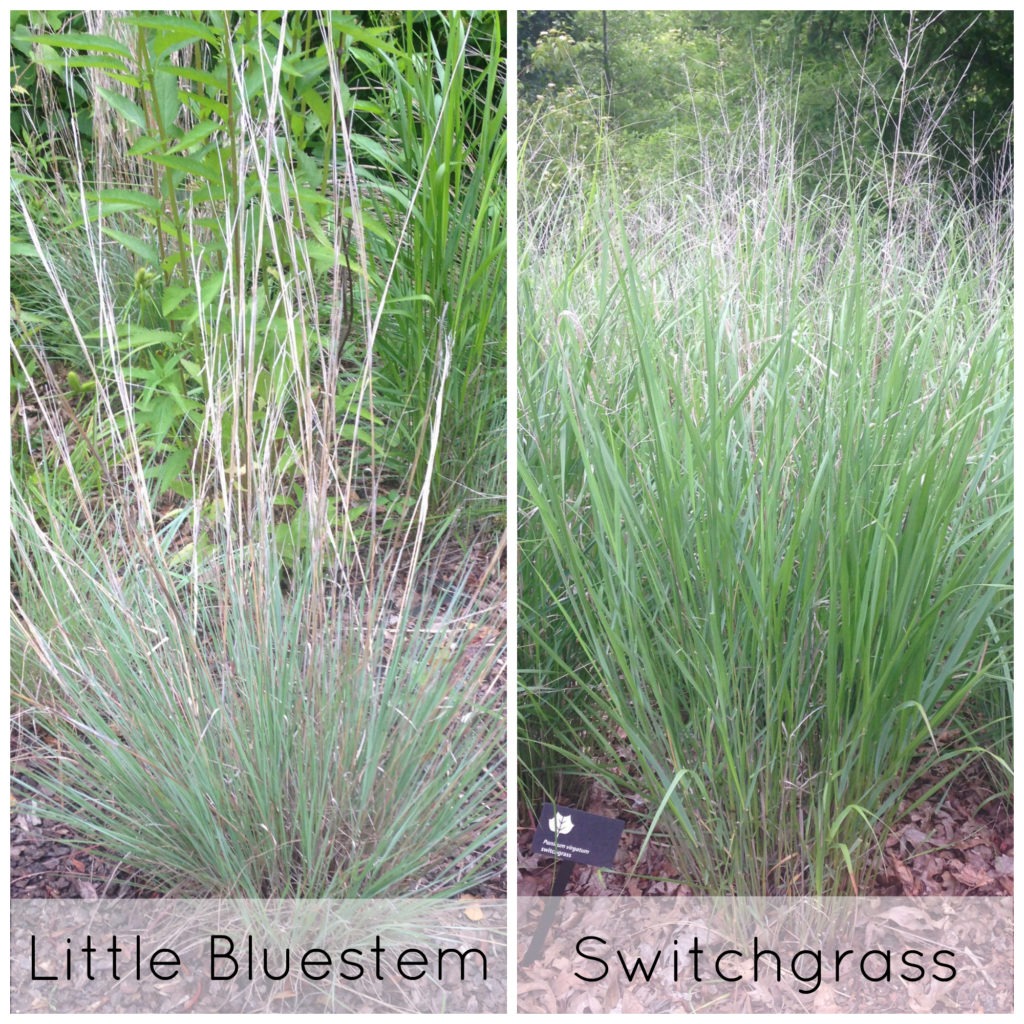| Your guide to green living in Montgomery County, MD |

Any time of year is a potential problem time in Montgomery County, at least when you’re a gardener worried about deer.
The risk also exists for rain gardens and conservation landscapes, as with all gardens, as many plants used in both are appealing foodstuffs for native animals like deer.
As most Montgomery County residents know, white-tailed deer are everywhere. According to data from the county’s Deer Population Management Program, there were an average of 929 deer per square mile in the county in 2012. That is up from 180 per square mile in 1997, despite the county’s widespread management efforts. For comparison’s sake, in 1997 the Pennsylvania Game Commission determined that a young forest can sustain between 50-80 deer per square mile, depending on the level of population management.

It’s important to note that while some plants may be less appetizing to deer, there is no such thing as a completely deer proof plant. When they are extremely hungry, deer will eat almost anything.
Moreover, the 2011 Wildlife Damage Survey, which is conducted by the Maryland Agricultural Statistics Service, found that central Maryland farmers (which includes those in Montgomery County) had sustained estimated losses of approximately $4.3 million because of deer browse.
No Montgomery County resident with responsibility for even one plant would raise an eyebrow at these figures. Deer are everywhere, in virtually every lawn and garden.
Fortunately, there are solutions. There are plants that are less appealing to deer and can be included in any garden plan, and there are other physical solutions to deter deer.
“People definitely want to consider deer-resistant plants,” said Edamarie Mattei, a landscape designer and owner of Backyard Bounty, a firm based in Silver Spring. “The [deer] population continues to grow, and there are many plants that are deer-resistant.”

Threadleaf Bluestar (Amsonia hubrichtii) has beautiful blue flowers in the spring and turns golden (as seen in the photo above) in the fall.
There are plenty of species that are unappetizing to deer, repel deer with their smell, or both. Though Mattei notes that “deer will eat anything when they’re starving,” and as such, nothing is truly “deer proof.” However, several categories of plants tend to keep deer away and uninterested.
The Montgomery County RainScapes program, which provides financial rebates and technical guidance to county residents and businesses that build stormwater-management projects like rain gardens and conservation landscaping, allows planting projects to include up to 25 percent introduced (non-native) and non-invasive species. These can be used to help create continuous bloom and add to the deer-proof plant palette.
One of the most common deer resistant plants are ferns. Christmas Fern (Polystichum achrostichoides) is a native fern that deer will typically not consume. Another example are grasses, including Little Bluestem Standing Ovation (Schizachyrium scoparium) and Switchgrass (Panicum virgatum). Sedges like Blue Wood Sedge (Carex glaucodea) also can be effective.
Other deer-resistant species include:
Check sunlight conditions to make sure you choose the right plant for the right place.

Little Bluestem (Schizachyrium scoparium) and Switchgrass (Panicum virgatum) are two types of grasses that deer will typically not consume.
There are ways to repel and deter deer beyond the plants in the garden. And it doesn’t necessarily mean buying deer fencing or netting, which can be restrictive to the animals (like us humans) that are supposed to be there.
One idea: for trees with low-hanging leaves, purchase rebar (available at any hardware store) and build a ring around each tree at about antler height. You can hire a professional to do it, or do it yourself, Mattei says.
Other possible options—none of which include hazardous chemicals or other unsafe ingredients—include:
All in all, though the county is undoubtedly overpopulated by deer, fortunately there are (almost) as many solutions to protect gardens from these often-unwanted herbivores.
By Scott Harris, Freelance Writer. Read Scott’s other posts on the benefits of environmental peer pressure, birds and climate change, eco-friendly ice rinks, residential solar, and congregational rain gardens.
One comment on "Tips for keeping deer out of your rain garden"